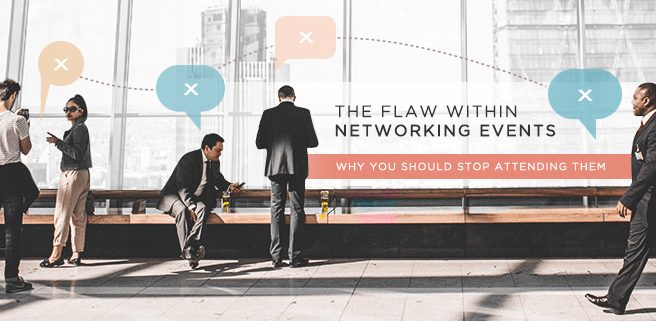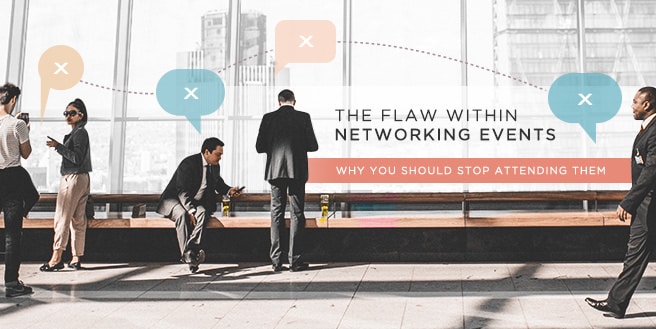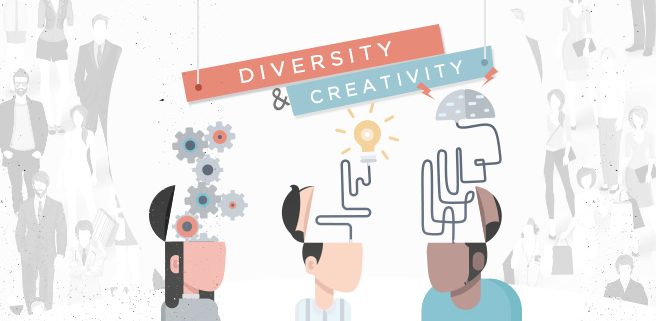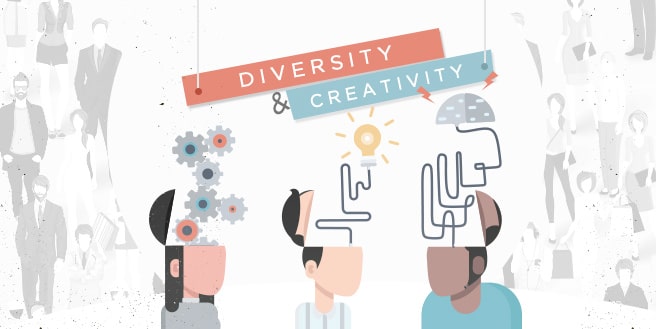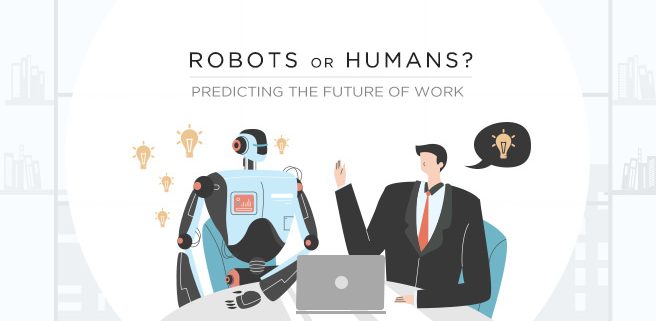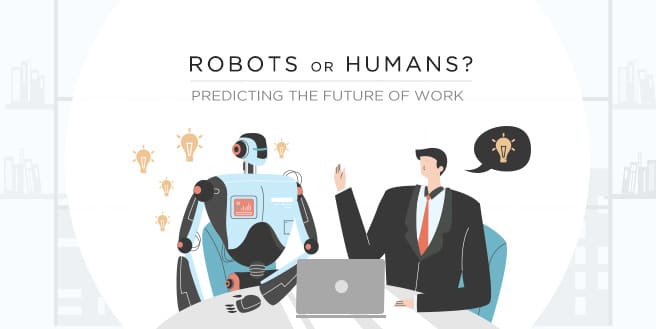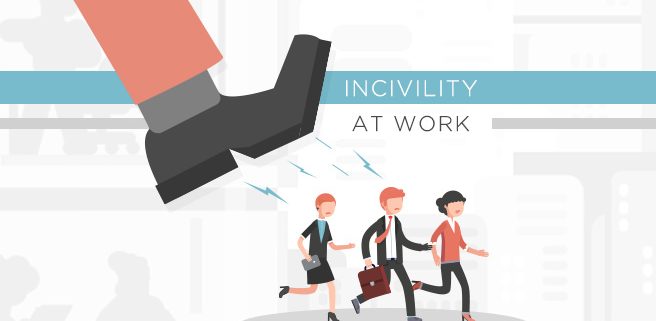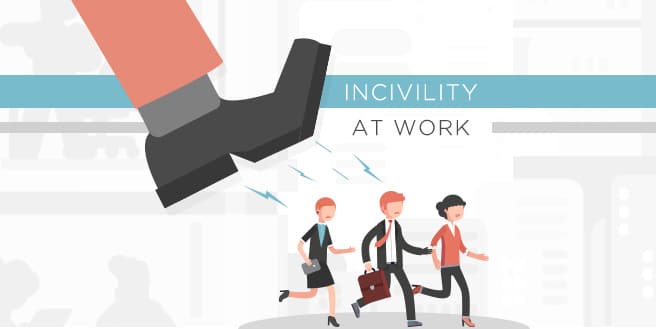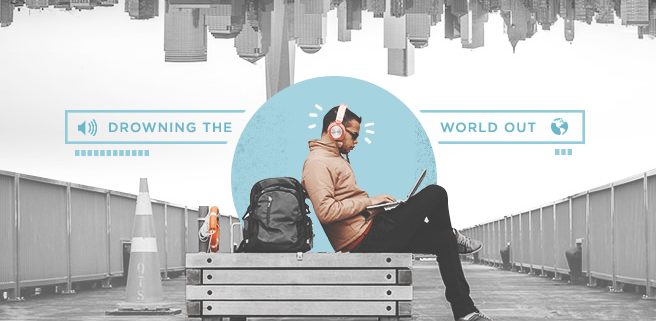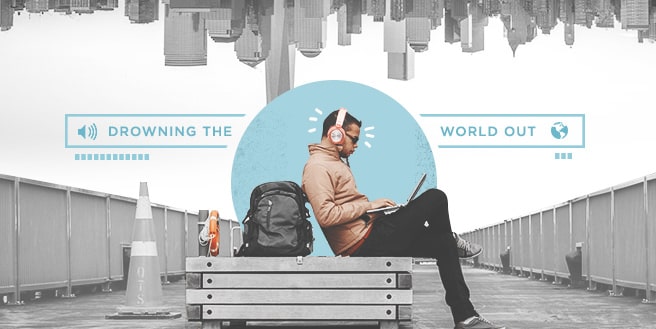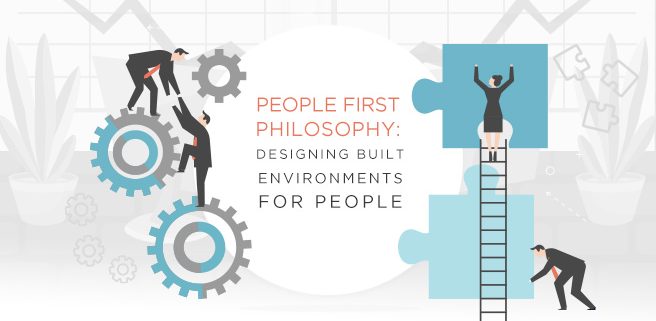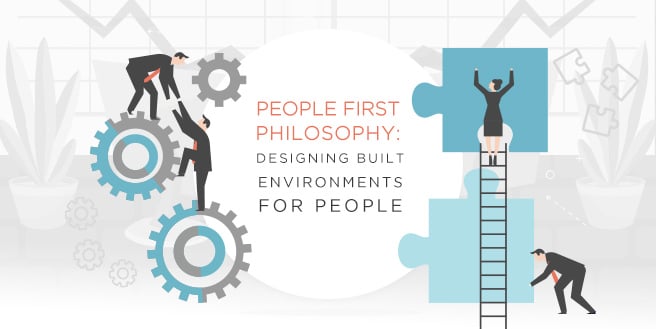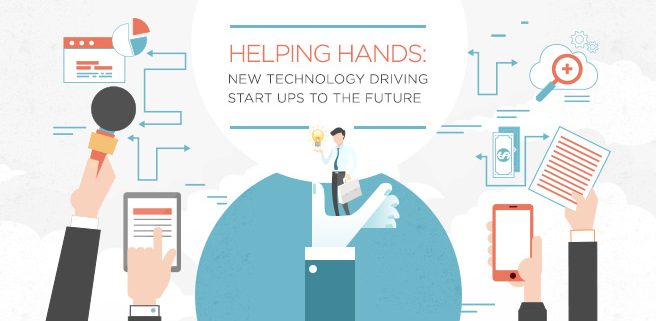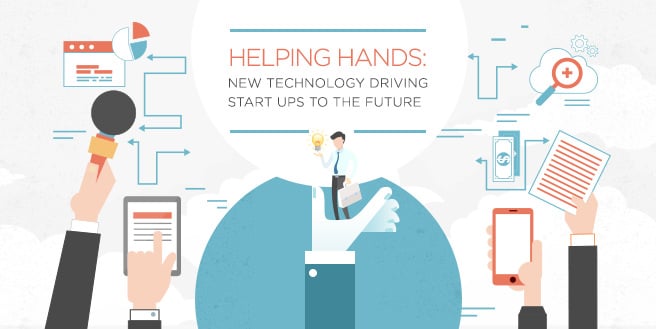The Flaw Within Networking Events
Networking events – we’ve all probably attended one or if not, have been invited to at some point of our life. It’s one of those initially promising gatherings that are undeniably awkward in nature. Most attendees would dress up and make the effort of going in the hopes that they’ll meet new contacts that could be of help later on in their career. Yet truthfully speaking, these same individuals would end up in a corner, drinking and chatting with someone they already knew.
One would assume that introverts would probably despise such events but much to the surprise of everyone, even extroverts carry indifferent views towards them. It’s not just reserved peers who come home feeling that they’ve wasted their time, outgoing attendees would often wonder why they never made the most of their day at these events.
Keynote speaker and best-selling author David Burkus reassures professionals that there’s nothing wrong with them. The event itself is the one that’s actually failing.
A Gap in the Networking Events Design
After reviewing dozens of studies on networking events in preparation for his book Friend of a Friend” Understanding the Hidden Networks That Can Transform Your Life and Your Career”, Burkus wrote in a Harvard Business Review article that there’s an overall implication that the aforementioned gatherings don’t actually live up to their name. A majority of us resorts to staying inside of our own comfort zones – talking to colleagues present or people we deem similar to us – in situations that require us to meet new people. The idea of networking events is doomed by its very design alone.
A notable study conducted by two Columbia Business School professors presented that even the well-intentioned professionals fail to meet enough new people to justify the affectivity of system. It became clear to them that our comfort zones can be a little too inviting.
So how do we avoid the magnetic pull of staying inside our bubble? Simply, stop trying.
New Circumstances and Situations
Weird as it seems, one of the best strategies is to actually stop trying to meet new people.
If we want to make new connections with diverse individuals, we must shift our focus from the relationship itself to activities that you can participate in. Sociologist and network scientist Brian Uzzi says that meaningful networks aren’t made through casual interactions. Rather, they thrive in high-stake activities that allows people to connect in deeper ways.
The one flaw with networking events is that it carries no other goal than to get people into conversations. Without a bigger purpose, there’s little to no incentive for individuals to move beyond activities that make them comfortable.
The higher the stakes, the more we push further to meet and connect with more diverse groups.
A Deeper Connection
The well-known movement of shared offices and coworking spaces stands as living proof that spontaneous interactions create better connections.
Priding itself in authentic communities, its open layout have allowed members to casually interact and socialize with one another. Its gathering events allows them to form deeper connections than those that root from networking events.
Talk to us today and we’ll help you build stronger relationships while having fun!

